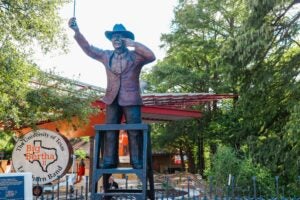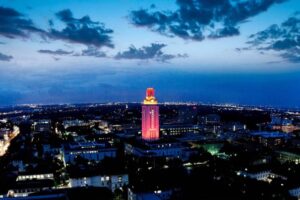Like a growing number of parents, I was inclined toward some form of open adoption in part because of the experiences of adoptees born into closed, secretive domestic adoptions in the 1950s and ’60s, as well as those adopted internationally. Many of these adoptees say they yearn for more information about their genes and their birth families: What does my birth mother look like? Do I have biological brothers or sisters? Why was I placed for adoption? I knew too that adoptees like Lucia, whose ethnicity and skin color are different from their parents’, may crave seeing themselves reflected in blood relatives. Some of these issues have diminished in domestic infant adoptions, where today a vast majority of adoptive and birth families have had contact with one another, according to Adam Pertman, author of “Adoption Nation: How the Adoption Revolution Is Transforming America” and executive director of the Evan B. Donaldson Adoption Institute, an education, research and public-policy organization. And there is increasing evidence that openness is a good thing. In a 20-year longitudinal study of domestic adoptions, Harold Grotevant and Ruth McRoy, professors at the University of Minnesota and University of Texas at Austin, respectively, found that birth mothers in open adoptions experienced less adoption-related grief than those in closed adoptions. And all of the adopted teenagers in the study who had continuing, in-person contact with their birth families wanted those relationships to continue.
The New York Times
Looking for Their Children’s Birth Mothers
(Oct. 28)



